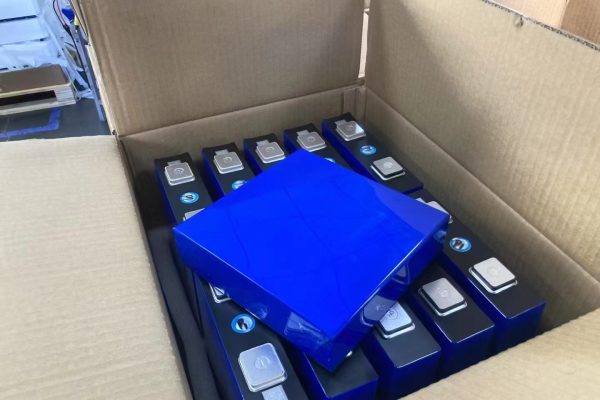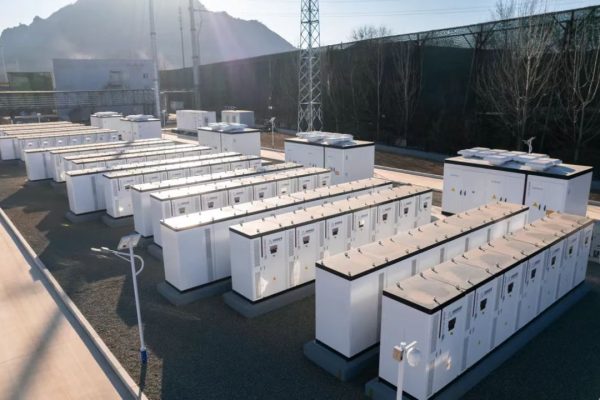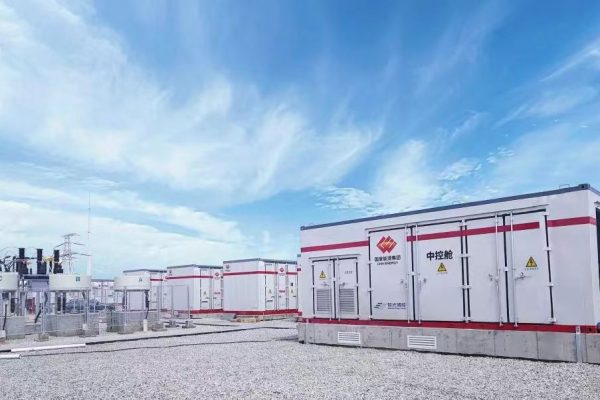Why Small Shipment Costs Matter
For many international buyers of energy storage systems (ESS), especially in the early stages of cooperation, purchases begin with small shipments. These could be trial orders, spare parts, or low-volume custom solutions. However, small shipments often face disproportionately high logistics costs compared to large-scale orders. Exporters who know how to control transport costs for small shipments can make themselves more attractive to new buyers while maintaining profitability.
1. The Cost Challenges of Small Shipments
- High Per-Unit Freight Costs: Shipping fewer pallets or cartons increases cost per unit.
- Limited Carrier Options: Airlines and couriers often prioritize higher-volume cargo.
- Customs and Handling Fees: Flat fees apply regardless of shipment size, impacting small orders more heavily.
- Battery-Specific Restrictions: Lithium batteries require special handling, certifications, and packaging, adding complexity.
Exporter Tip: Buyers are often more sensitive to freight costs than product prices in small shipments.
2. Choosing the Right Transport Mode
2.1 Courier Services (DHL, FedEx, UPS)
- Pros: Fast, reliable, excellent for urgent samples.
- Cons: Very high per-unit costs, strict limits for battery shipments.
2.2 Air Freight (Consolidated Cargo)
- Pros: Good balance of speed and cost when combined with other cargo.
- Cons: Still costly compared to sea freight; limited space for hazardous goods.
2.3 LCL (Less than Container Load) Sea Freight
- Pros: Cost-effective for bulkier shipments; spreads cost across multiple shippers.
- Cons: Longer transit times; higher risk of delays at transshipment points.
Exporter Tip: Offer buyers tiered transport options so they can choose based on urgency and budget.
3. Packaging and Volume Optimization
- Compact Packaging Design: Minimize wasted space to reduce volumetric weight.
- Certified Packaging for Batteries: Use UN38.3 and IATA-approved solutions to avoid rejections.
- Pre-Pack Pallets Efficiently: Avoid half-filled cartons or pallets.
Exporter Tip: Even small efficiency improvements in packaging can cut freight bills by 10–20%.
4. Documentation to Avoid Hidden Costs
- Accurate Commercial Invoices: Prevent customs delays that lead to storage charges.
- Clear HS Codes: Ensure correct classification to avoid unexpected tariffs.
- Pre-Arranged Certificates: CE, UL, MSDS, and shipping declarations should be prepared in advance.
Exporter Tip: Missing or incorrect documents can cost more than the freight itself for small orders.
5. Partnering with Logistics Providers
- Freight Forwarder Partnerships: Experienced forwarders can consolidate shipments and negotiate better rates.
- Warehouse Locations: Regional warehouses reduce last-mile costs.
- Hybrid Shipping Solutions: Combining courier for urgent items and LCL for the rest.
Exporter Tip: Offer buyers logistics flexibility as part of your value-added service.
6. Sharing Costs Strategically
- Buyer-Seller Agreements: Split freight costs fairly in trial orders.
- Incentive Programs: Refund part of shipping costs if buyers place larger follow-up orders.
- Bundling Orders: Consolidate shipments from multiple buyers in the same region.
Exporter Tip: Transparent cost-sharing builds trust and encourages repeat purchases.
Small Shipments as Strategic Investments
Small shipments should not be viewed as unprofitable inconveniences—they are stepping stones to larger contracts. Exporters who master cost control in small shipments will make it easier for buyers to engage in initial cooperation. In the competitive ESS export market, controlling transport costs can be the difference between winning or losing a new client relationship.









